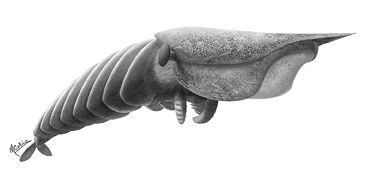
Anomalocaris ruled the Cambrian seas but apparently so did a twenty centimenter cousin. Hurdia victoria, originally described in 1912, was known from just a jumble of crustacean-like pieces. An examination of new fossils, plus a few old ones, suggest a body architecture similar to the anomalocaridids including a segmented body with a head bearing a pair of spinous claws and a circular jaw structure with many teeth. However, Hurdia has a “prominent anterior carapace structure”, i.e. a head shield, but the emptiness of the structure suggests it did not protect soft parts and casts uncertainty about its purpose.
Daley, A., Budd, G., Caron, J., Edgecombe, G., & Collins, D. (2009). The Burgess Shale Anomalocaridid Hurdia and Its Significance for Early Euarthropod Evolution Science, 323 (5921), 1597-1600 DOI: 10.1126/science.1169514

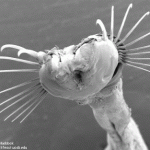
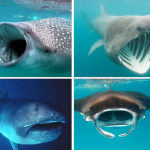
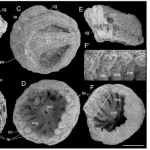
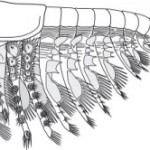

I think you might have misread some units somewhere – the paper says “specimens are up to 200 mm in length” (in fact, the largest is 20.9 cm according to the supplementary information).
I had actually read in a discussion on Hurdia that the were quite large, if you scaled up from the largest known Hurdia fragment. However, I cannot seem to find the reference now. As you state the authors state their largest specimen is around 20cm.